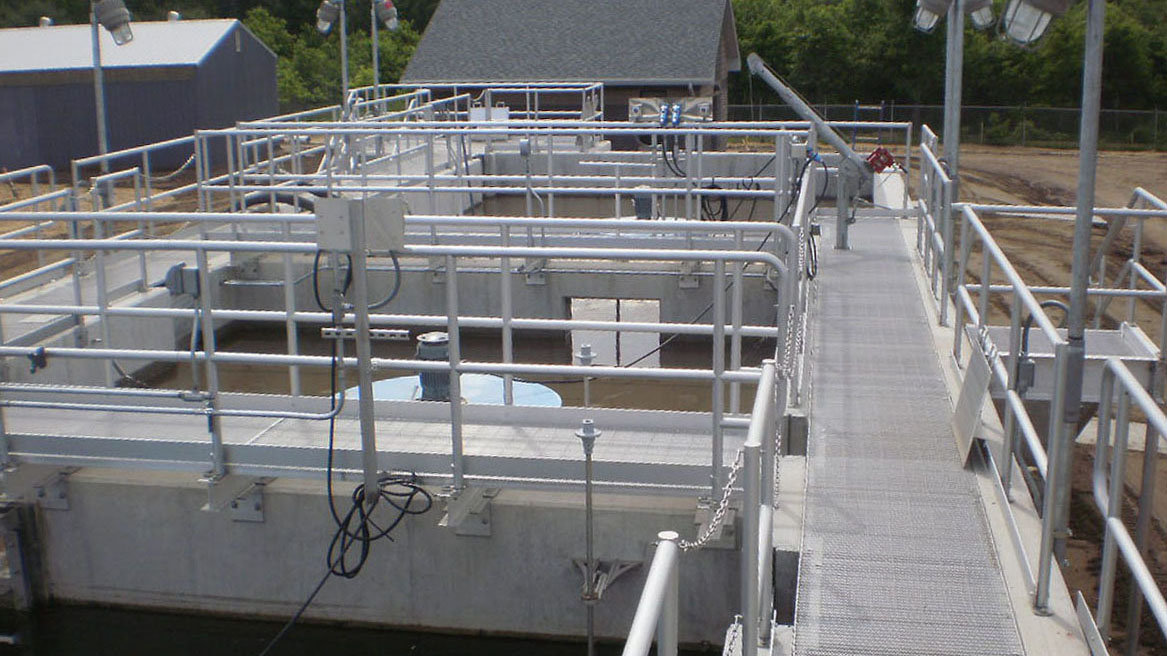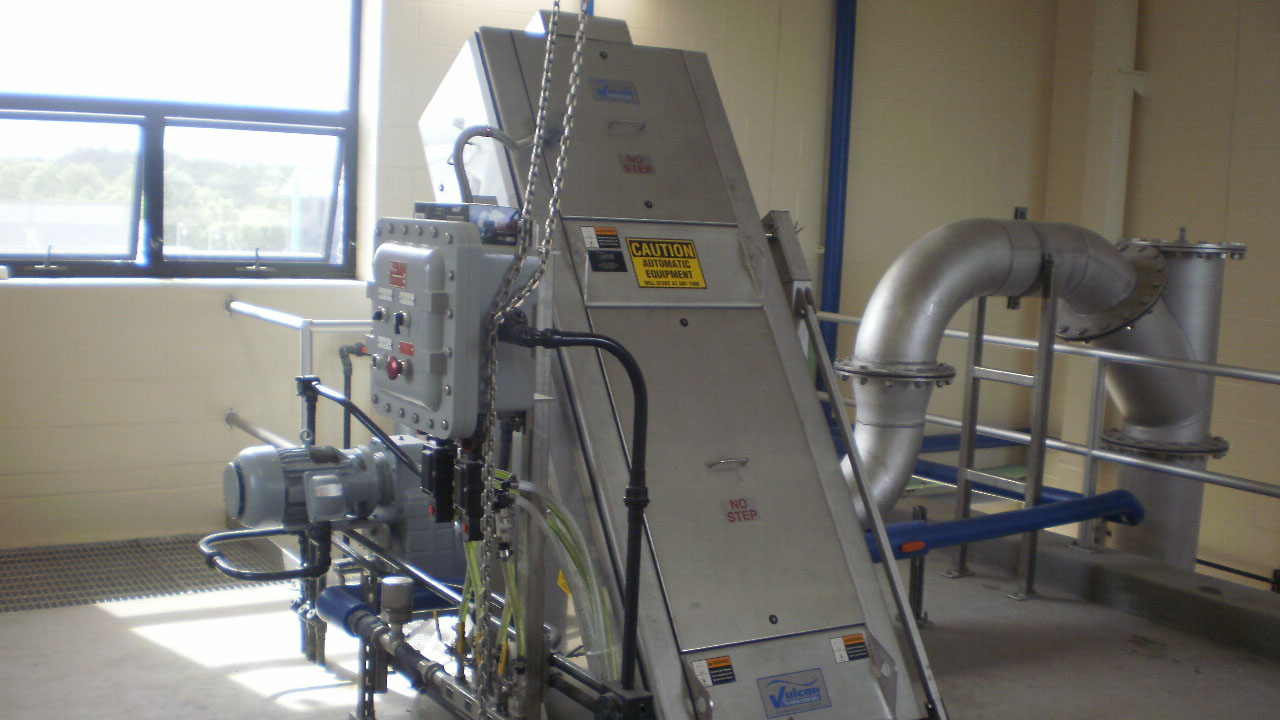Wastewater planning for long-term needs
The Wazee Area Wastewater Treatment Facility (WWTF) provides water reclamation for the Ho-Chunk Nation residential and commercial entities as well as the Jackson County Correctional Institute. Projected growth in the area, including an expansion for Majestic Pines Casino, meant the Ho-Chunk Nation was facing its third major upgrade to the treatment facility in 15 years. In order to accommodate future growth as well as protect the water quality of the Black River, they needed a long-term, cost-effective solution—one that upgraded the existing Oxidation Ditch facility to address stringent secondary treatment and nutrient removal requirements.

The treatment solution
A $9.5 million expansion was designed to meet both existing and future permit requirements and to accommodate the imminent growth of the Ho-Chunk Nation. During the planning phase, MSA worked closely with the Ho-Chunk Nation to better understand the timing and breadth of growth plans for its commercial enterprises. The approved plan provides accommodations for 20-year growth, while providing operational flexibility in the interim.
The completed project scope includes upgrades to five lift stations and a force main, added mechanical fine screen, enhanced biological nutrient removal (EBNR), extended aeration to the oxidation ditch, final clarifiers, UV disinfection, sludge pumping, sludge thickening, aerobic digestion, sludge storage and a state-of-the-art SCADA system. The new computer system allows the operations staff to monitor all treatment processes and lift stations from a desktop computer or a mobile device. The operator can monitor the plant in real time, view historical trends and troubleshoot problems from anywhere they have an internet connection. This provides instantaneous access to information that will help inform decision-making and maximize treatment performance.
MSA’s operations team worked closely with plant staff to provide training and troubleshooting assistance for the first two years of operations. A testing protocol was also developed to track and analyze data for the purpose of determining which operating mode best optimizes EBNR. The facility has since maintained an effluent total phosphorus concentration of less than 0.3 mg/L without the addition of any chemicals.

